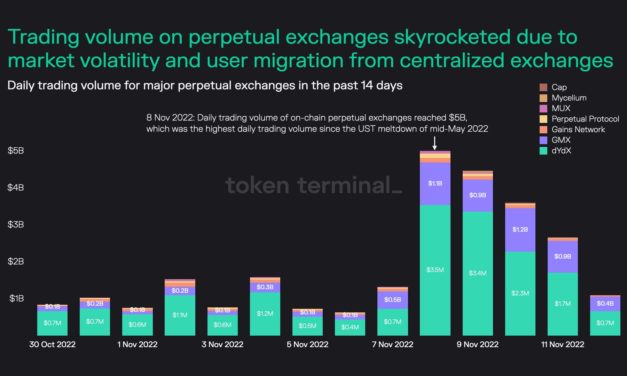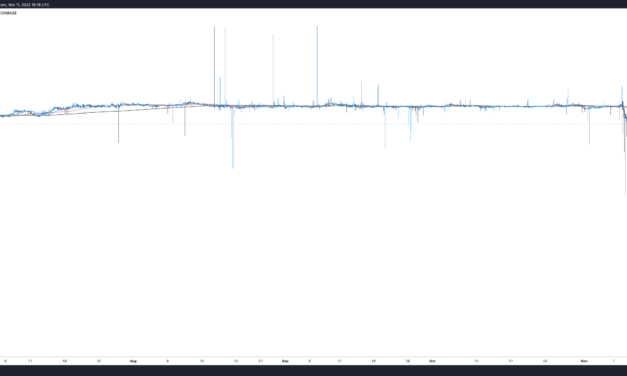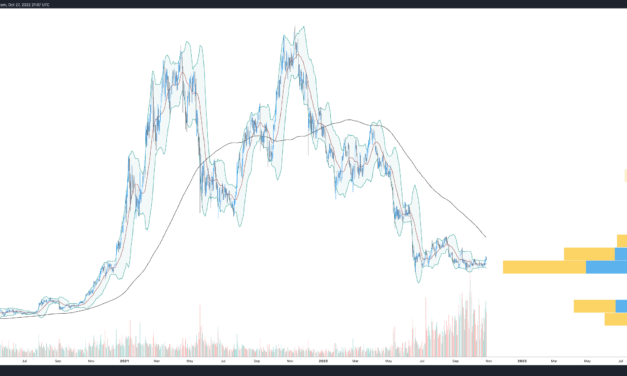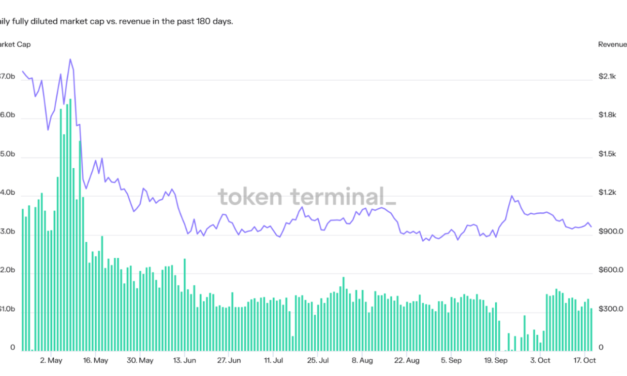FTX is done — What’s next for Bitcoin, altcoins and crypto in general?
2022 was a tough year for crypto, and November was especially hard on investors and traders alike. While it was incredibly painful for many, FTX’s blowup and the ensuing contagion that threatens to pull other centralized crypto exchanges down with it could be positive over the long run. Allow me to explain. What people learned, albeit in the hardest way possible, is that exchanges were running fractional reserve-like banks to fund their own speculative, leveraged investments in exchange for providing users with a “guaranteed” yield. Somewhere across the crypto Twitterverse, the phrase “If you don’t know where the yield comes from, you are the yield!” is floating around. This was true for decentralized finance (DeFi), and it’s proven true for centralized crypto exchanges and platforms, too. Who would have known that a few ill-timed bank runs would pull down the entire house of cards by proving that while exchanges appear to have high revenue and tons of tokens on their books, many are completely unable to meet user withdrawal requests? They took your coins and collateralized them to fund highly speculative bets. They locked your coins in centralized DeFi platforms to earn yield, some of which they promised to share with you. They placed user funds, along with their own reserves, into illiquid assets that were hard to convert into stablecoins, Bitcoin (BTC) and Ether (ETH) when clients and platform users wanted to access their funds. Not your keys, not your coins. Never has the phrase rang truer. Let’s explore a few things that are happening in the crypto market this week. Investors withdrew a record number of coins from exchanges to self-custodyAs Cointelegraph reported earlier this week, crypto investors panic-withdrew record amounts of Bitcoin, Ether and stablecoins from exchanges. Separate reporting cited a sharp uptick in hardware wallet sales as investors realized the importance of self-custodying their portfolios. If the number of insolvencies and “temporarily pausing of deposits and withdrawals” messages continue to pop up over the next few weeks, it seems likely that this trend of coins leaving exchanges and popping into hardware wallets will continue.With #Bitcoin simply flooding out of exchanges, we now have a ~5yr high in Sovereign Supply of 87.7% of the total.All $BTC which flowed into exchanges since Jan 2018, has now been withdrawn.Self-custody, and spot driven #Bitcoin markets are back on the menu. pic.twitter.com/Kqr36SBBJC— _Checkɱate ⚡☢️️ (@_Checkmatey_) November 18, 2022DEXs and DeFi saw an uptick in inflows, perhaps a sign of things to comeCointelegraph also reported on the uptick in decentralized exchange (DEX) activity and inflow to DeFi occurring concurrently with the record outflows from exchanges. After the events of the past two weeks, trust in centralized exchanges and crypto companies could be broken, and the current and next wave of crypto investors could embrace the more Web3-focused DEX and DeFi protocols. Perpetual exchange volume. Source: Token TerminalOf course, what DeFi and DEXs need are a more transparent framework and processes that ensure user funds are safe and being used “properly.” Related: DeFi platforms see profits amid FTX collapse and CEX exodusA steady flow of bad news could present a nice opportunityCurrently, Ether’s price looks a bit soft from a technical analysis standpoint, and the recent news about the FTX thief holding the 31st largest Ether spot position, plus concerns over censorship, centralization, the United States Office of Foreign Assets Control enforcement on this “whale” and other Ethereum-based protocols that have exposure or bankruptcy proximity to FTX and Alameda could stir up a bit of FUD that impacts the altcoin’s price action.Top 10 addresses with the largest ETH holdings:- 6 are CEX related wallets- Jump Trading coming in third with just over 2M ETH- @arbitrum bridge with ~750K ETH- ETH Staking & WETH contract has over 19M ETH combinedHoping to see less CEXes on the list in a year pic.twitter.com/S1HHi5swnN— Martin Lee | Nansen (@themlpx) November 18, 2022
Uncertainty on when the Shanghai upgrade will be enacted and investor concerns about when staked coins can actually be withdrawn are also interesting conversations that could turn short-term sentiment against Ether. ETH/USDT 2-day chart. Source: TradingViewThe thesis is pretty simple. ETH has held support around $1,200–$1,300 pretty well through all of the previous months of bearish market developments, but will the potential challenges mentioned above lead to a test of the level again? Stakers are essentially spotted long and earning yield, so at this juncture, opening a low-level short position with taking profits orders at $700–$600 could possibly be rewarding. This newsletter was written by Big Smokey, the author of “The Humble Pontificator Substack” and resident newsletter author at Cointelegraph. Each Friday, Big Smokey will write market insights, trending how-tos, analyses and early-bird research on potential emerging trends within the crypto market.The views and opinions expressed here are solely those of the author and do not necessarily reflect the views of Cointelegraph.com. Every investment and trading move involves risk, you should conduct your own research when making a decision.
Čítaj viac






